It’s a new year and we’re back with a new product evaluation guide. This one is focused on how to choose a work light.
In a previous post on the subject of work lights we went over what they are, what they are used for and who can benefit from their use. If you’ve decided that a work light is something you could use for your work or hobby, but you just don’t know where to start in terms of evaluating your options, then this post is for you. We provide a list of things to consider when you are making your decision on what the right work light is for you.
What is a work light?
First, let’s just define what a work light is again in case you are unfamiliar. Work lights are highly powerful, high-lumen industrial lights, akin to floodlights, that are usually fixed to adjustable stands or tripods that allow you to light up larger areas. This is all relative, though. A large area could be defined differently. Nevertheless, they do the job of lighting up larger areas, which is something that a flashlight or headlamp couldn’t really do.
Work lights can also be referred to as light towers, generator lights, scene lights, site lights, spotlights, and task lights. They are usually portable and powered through gas or electric generators or they can be cordless work lights powered by rechargeable batteries.
Now that we rehashed what a work light is, we can get into the key considerations you should make to obtain the best work light for your needs.
Consideration 1: What are you going to use it for?
Whenever we write one of these product evaluation guides, we begin with this consideration because it sets the stage for the rest of the more specific considerations that one must take into account. You should ask yourself things like, for what purpose will I need this work light? In this case, perhaps you’ll need it for a workshop or maybe you need it for night-time construction work. So, things like portability may or may not be of particular concern.
Will it be for professional use or for a hobby? In this case, if it is for a professional use, you’ll want to think about the areas in which you’ll be using it. In some industries, workers must work in what are termed explosive atmospheres. If this is the case, you may need an ATEX certified explosive proof work light. Learn more about ATEX here.
Another thing to consider here would be the location where you’ll be using the work light. Will it be indoors or outdoors or both? Thus water-resistance may be a key consideration for you.
Will you need to light up a central area or will it be along a long stretch of land? In this case, perhaps modular lighting would be a good fit.
Again, these are just some of the types of questions to ask yourself as we move on to more specific features of work lights to look at.
Consideration 2: Bulb Type
There are always buzz words in any industry associated with certain products or services that are thought to be the best feature or type of x-product. In the case of lighting, the industry is quite concerned with LED lighting. And there is good reason for it. LED lighting is the way of the future as far as lighting goes.
Although there are still work lights that use bulbs of the halogen, fluorescent and incandescent variety, its more common these days to see LED work lights because they are more cost and energy efficient and produce little to no heat compared to other bulb types. In fact, they use 90% less energy than do incandescent lights. They also last much longer, with a lifespan of up to 100,000 hours in some cases, so replacing the bulbs is not something you’ll have to do very often.
Lastly, the technology is rapidly advancing with new innovative designs that are more affordable than ever. So, consider your bulb type wisely, but if it’s LED, you’re probably making the right choice.
Consideration 3: Light Output
Light output, or brightness of light, is measured in something called Lumens. Lumens are a measure of the total amount of visible light to the human eye from a lamp or light source. This means that generally speaking the more lumens, the brighter the light. Of course, depending on the type of work light you have, such as a battery powered work light, the brighter the light, the less time it will run before it needs to be plugged into a power source. So, ask yourself how dark the areas will be that you need to light up. Will you be lighting an area with no natural light or light from other sources? Perhaps a high lumen light will be important for you.
Consideration 4: Power source, corded or cordless, and run-time
Speaking of power sources, when it comes to work lights there are many different types, there are those that are generator powered, gas powered, or battery powered. Some are powered by cord or cordless. This again is where evaluating for what you will be using the work light is key.
If you are using the work light to light up remote areas and need the light to be highly portable, a cordless option is probably your best bet. Of course, when it comes to cordless, there is a run-time issue that one must take into account. You’ll want to calculate how long you’ll need your work light to do the job that you need to do. Thus, maximum run-time will be something to look at as you evaluate your options.
Having said that, some work lights, like those on offer from PELI, offer both a corded AC power option and a rechargeable option. This gives a lot of flexibility to the user, as it provides a continuous power source, but also the option to run the light when no power source is present.
Consideration 5: Water and dust resistance
Again, we’re coming back to the original question we posed which was, how do you plan to use your work light, and more specifically, where? The environment in which it will be used should be paramount to your evaluation process.
Water is fairly well established as a hazard for many electronic devices. But one hazardous substance that many people might overlook is dust, which can also cause damage to electronic devices.
Waterproof and dustproof, however, are measurable, so look for the ingress protection ratings on the work light you’re considering. Ingress Protection classifies and rates the degree of protection provided by mechanical casings and electrical enclosures against intrusion, dust, accidental contact, and water.
An ingress protection rating will look something like this: IP54. IP stands for ingress protection while the first number refers to the level of dust protection and the second number refers to the level of water-resistance. A rating of IP54, for example, would mean that the device was protected nearly from all dust and splashing of water. Find out more on the ratings from the IP Code Wikipedia page.
Consideration 6: Size and weight
In addition to the most important factors to evaluate above, you’ll want to take into consideration things such as the size and weight. If you don’t need your work light to be very portable, then size and weight may not be a huge issue. On the other hand, if you plan to move your work light, this could be a big factor to consider.
Other considerations
There are other typical features of work lights that you may see while in your evaluation process such as the following.
Beam spread: this is the amount of space a light covers from different distances. This will be measured in degrees.
Lighting modes: many work lights will have various modes such as high and low. Some will have multiple modes, high and low and many in between. The higher the mode you use, the more power you will use and thus the less run-time you will have. Of course, that’s dependent on if you are using a cordless battery powered work light. If the work light is plugged into a power source, then this will be less of an issue.
Battery indicator: Speaking of battery powered work lights, but those that do run on batteries sometimes come equipped with a battery level indicator, which is quite useful to let you know just how much power and thus time you have left before you’ll need to plug it back into a power source. This will also be quite useful to make sure you don’t get caught out in the dark.
Portability: This again depends on what you’ll be using the work light for. If you are looking to light up a football pitch, perhaps the level of portability is less necessary. But if you need to take the work light to remote areas, this will be very useful.
And speaking of portability, Peli Products has various portable work lights that can be collapsed and carried around as lantern lights or come equipped with straps so you can throw it over your shoulder. Some even come stored within Peli Protector cases that you can wheel around.
If you’d like to find out more about what Peli has to offer in terms of work lights, we suggest you look no further than the PELI Remote Area Lights (RALS) and the PELI Linear Lighting.
PELI™ RALS
Peli RALS are extremely powerful, rechargeable lighting for work areas without the use of cables or generators. With up to 24.000 lumens and a run time that lasts up to 24 hours, features include multiple heads, multi-position deployable masts with 360º rotating heads and a swappable battery.
For activities taking place in hazmat zones and explosive atmospheres, there are even ATEX explosion-proof options. Learn more about ATEX here.
PELI™ Linear Lighting
With Peli’s linear lighting, you can light up long stretches without the hassles of conventional heavyweight light towers. The Peli™ 9600 Linear Light allows for the connection of multiple light heads from one power source and eliminates dark spots thanks to the specialist optics.
Download a FREE guide to learn more about PELI’s work lights by clicking on the button below:





.png)

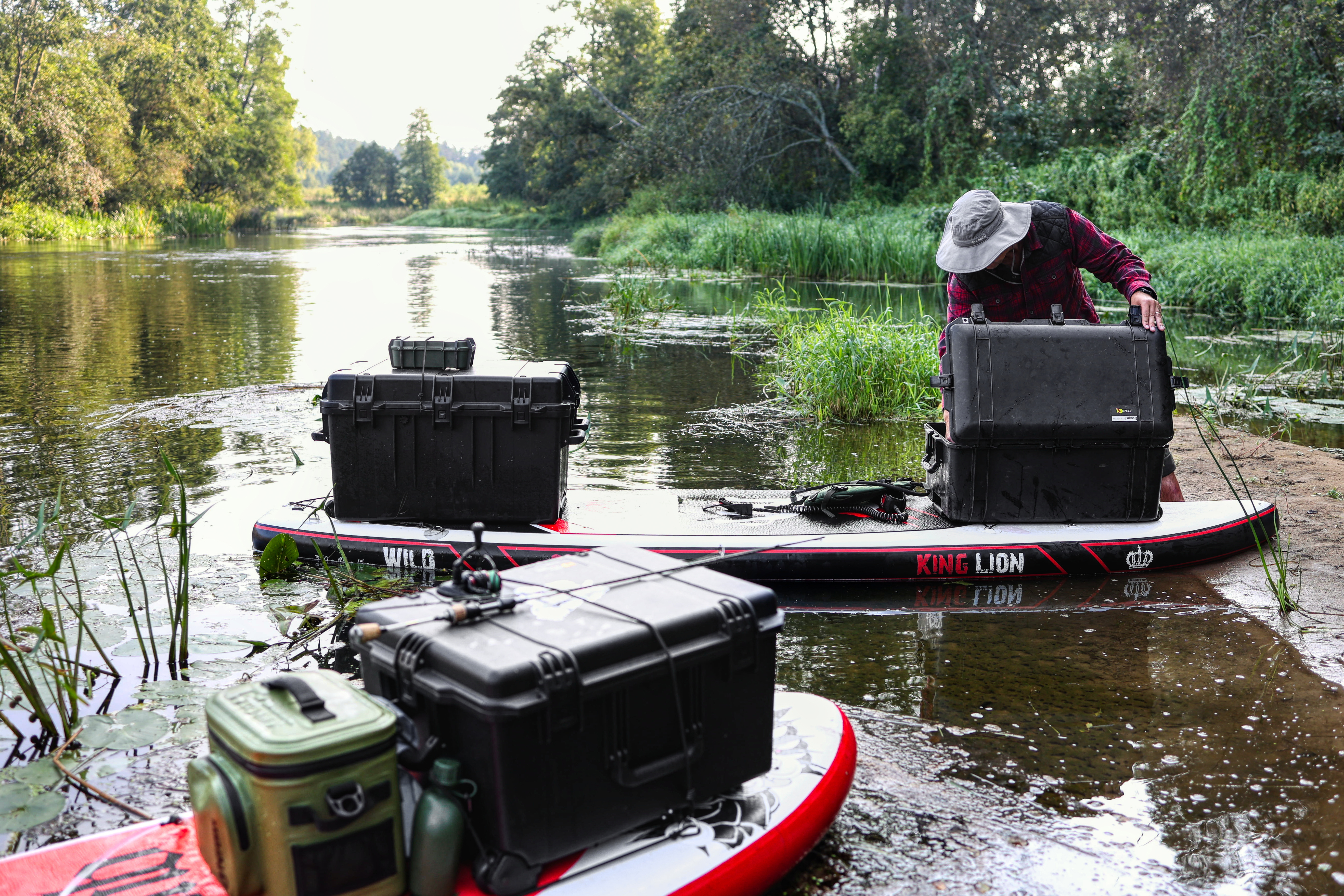
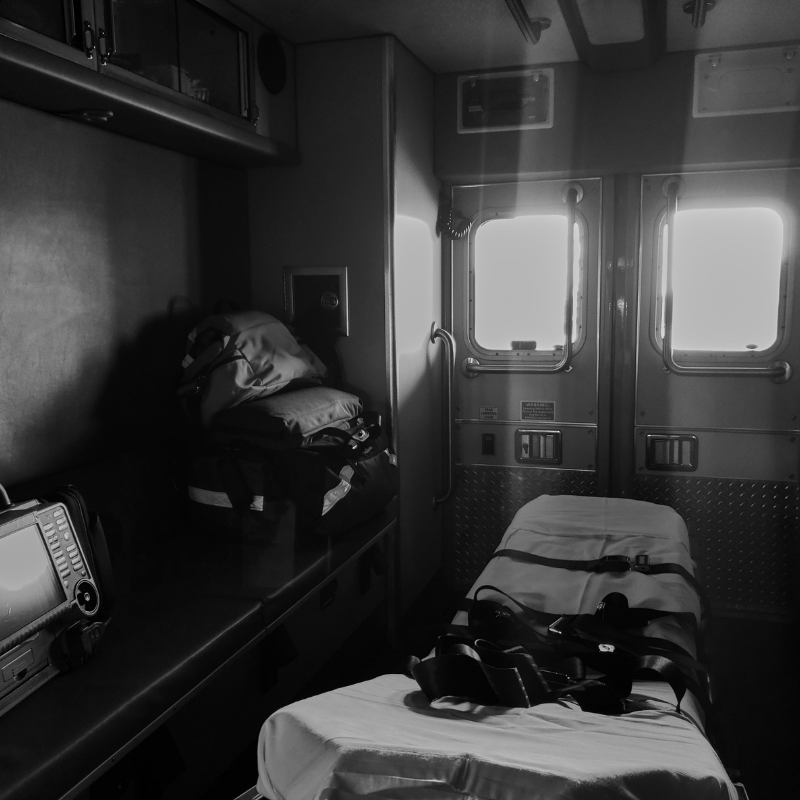



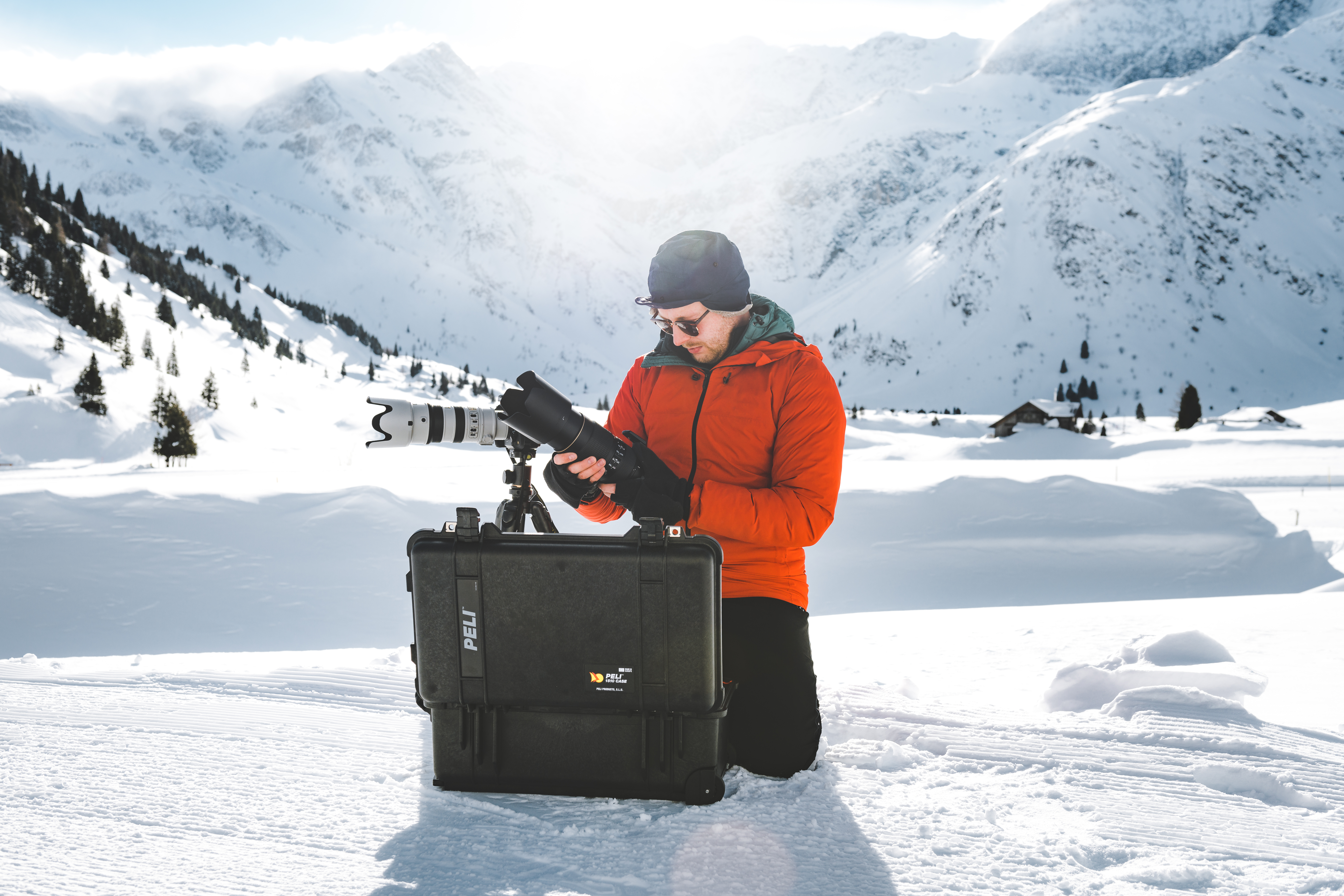
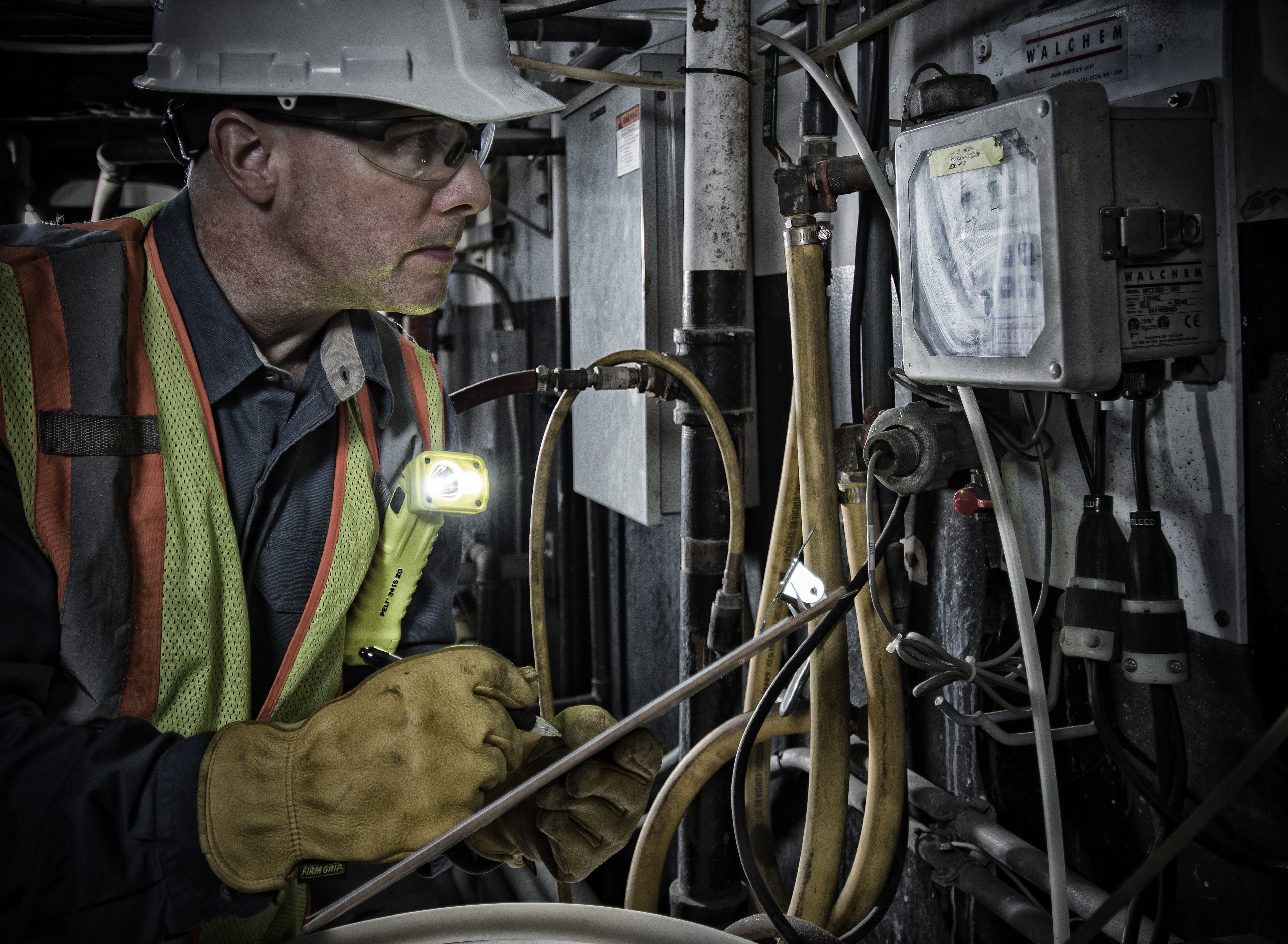
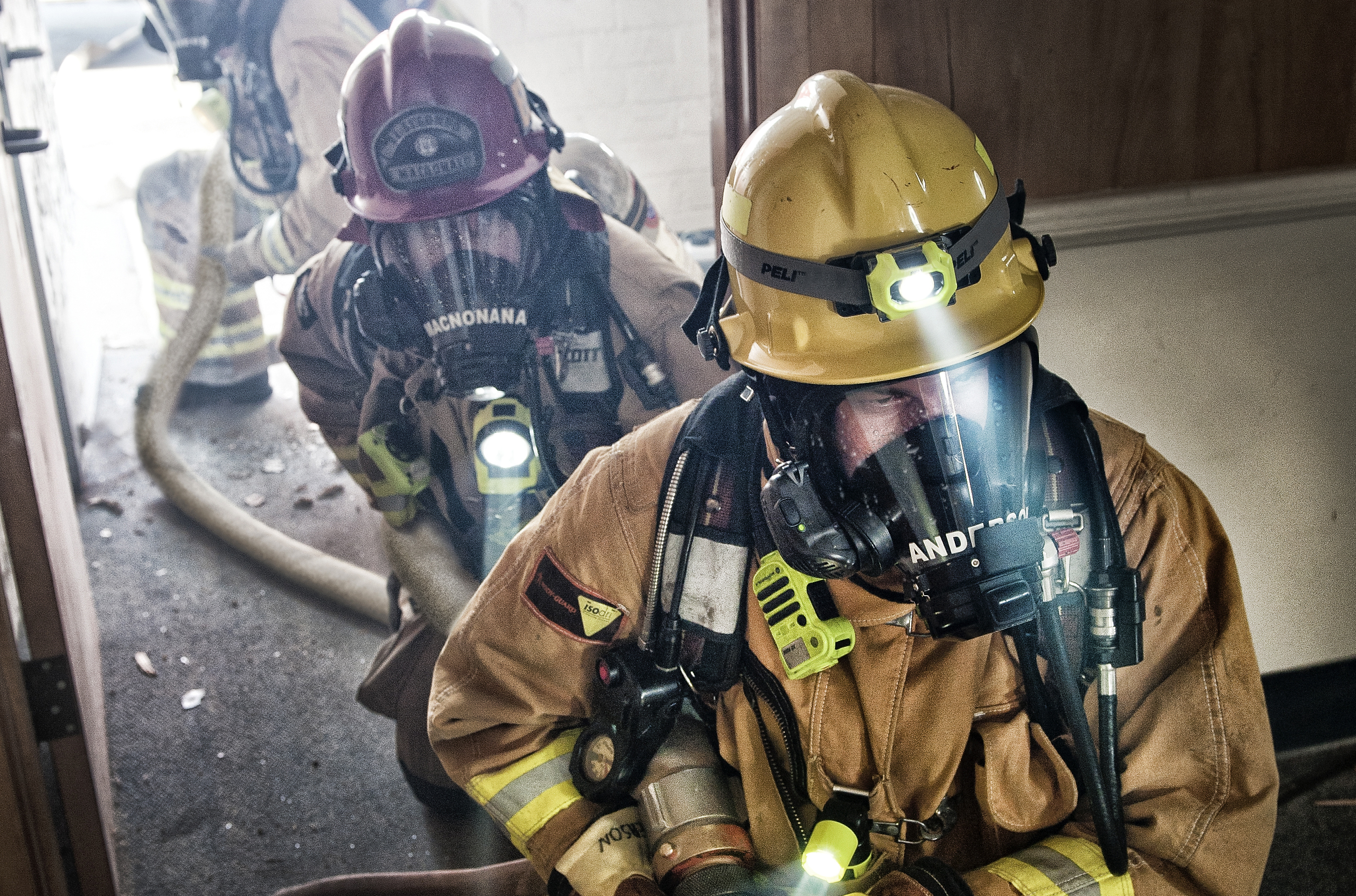
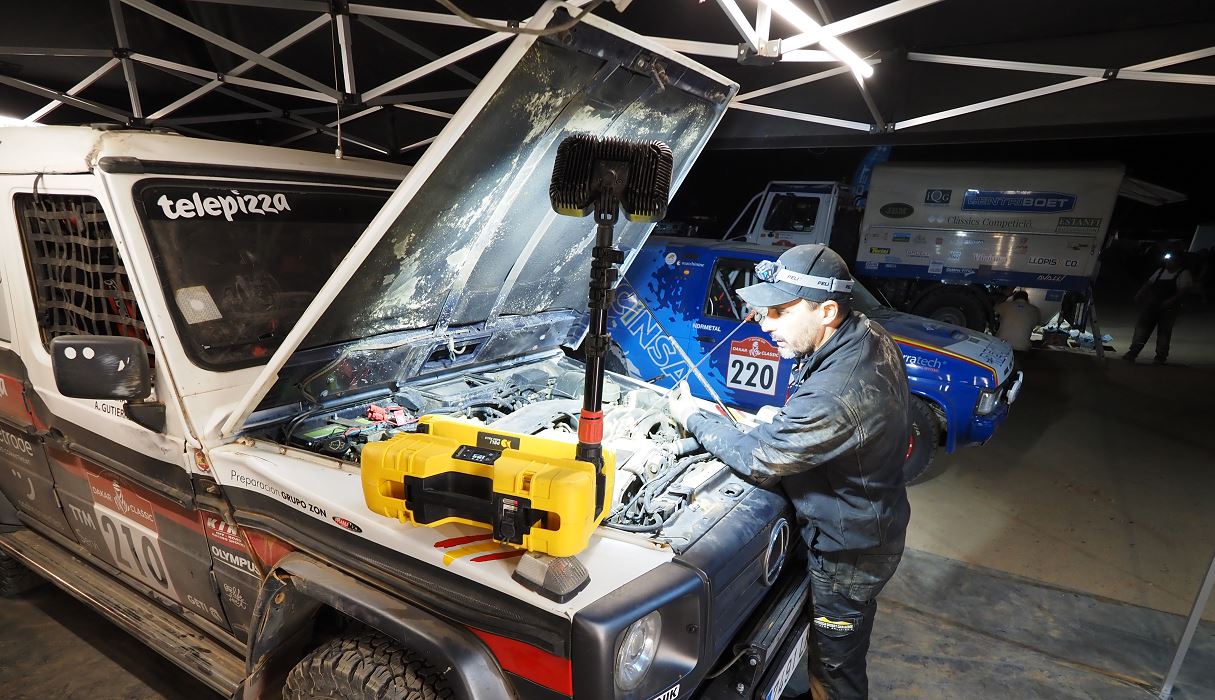
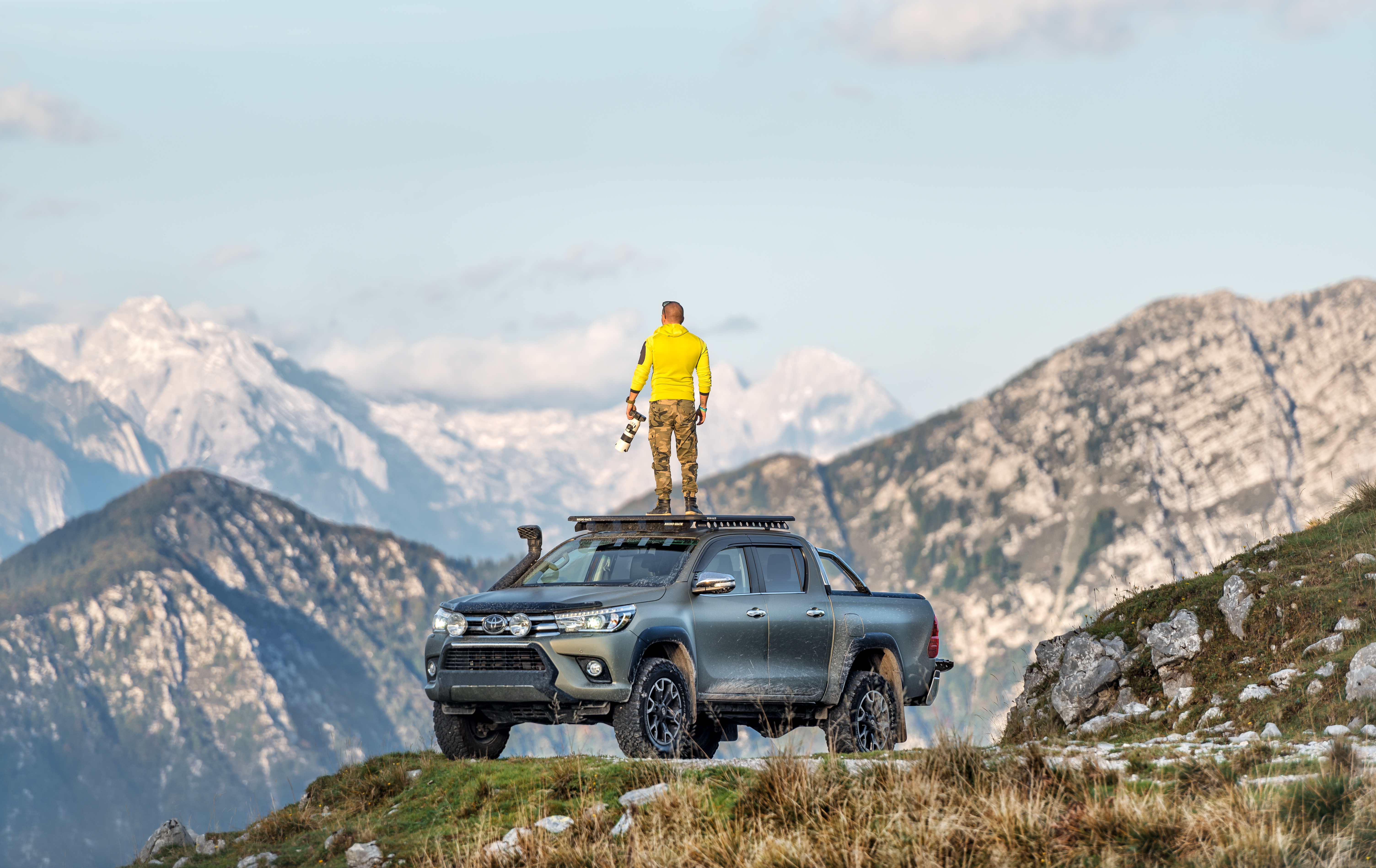

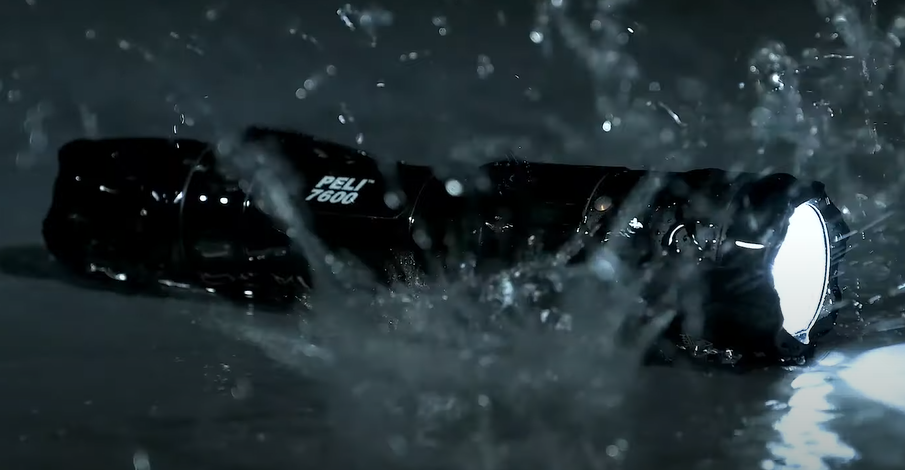

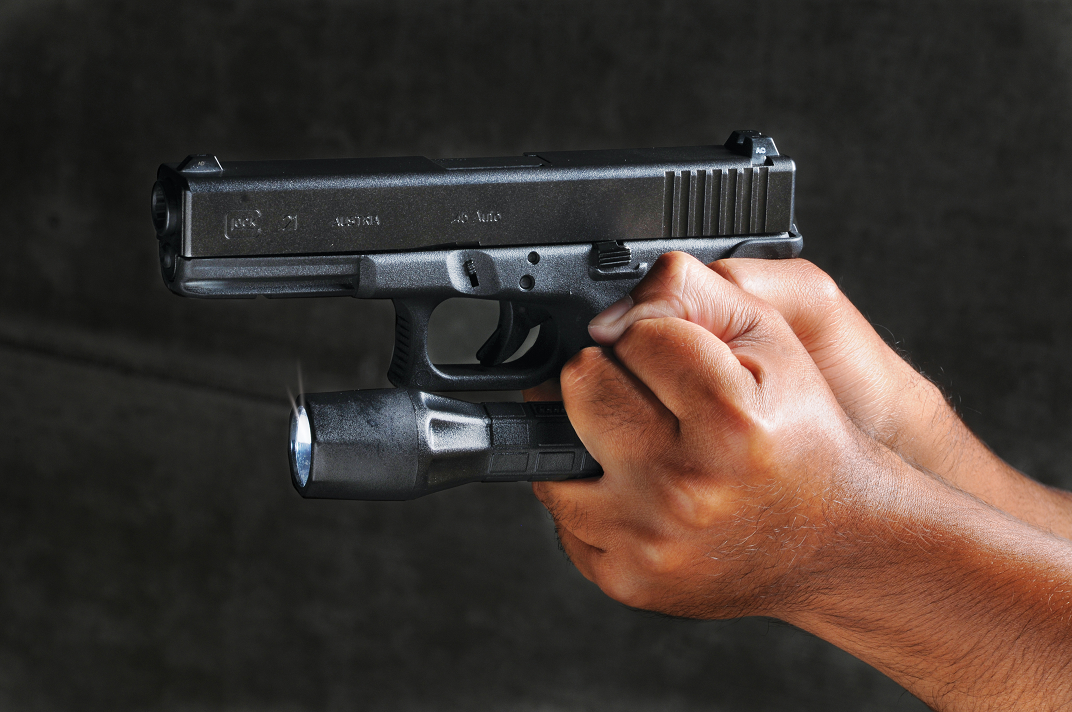
Post a comment